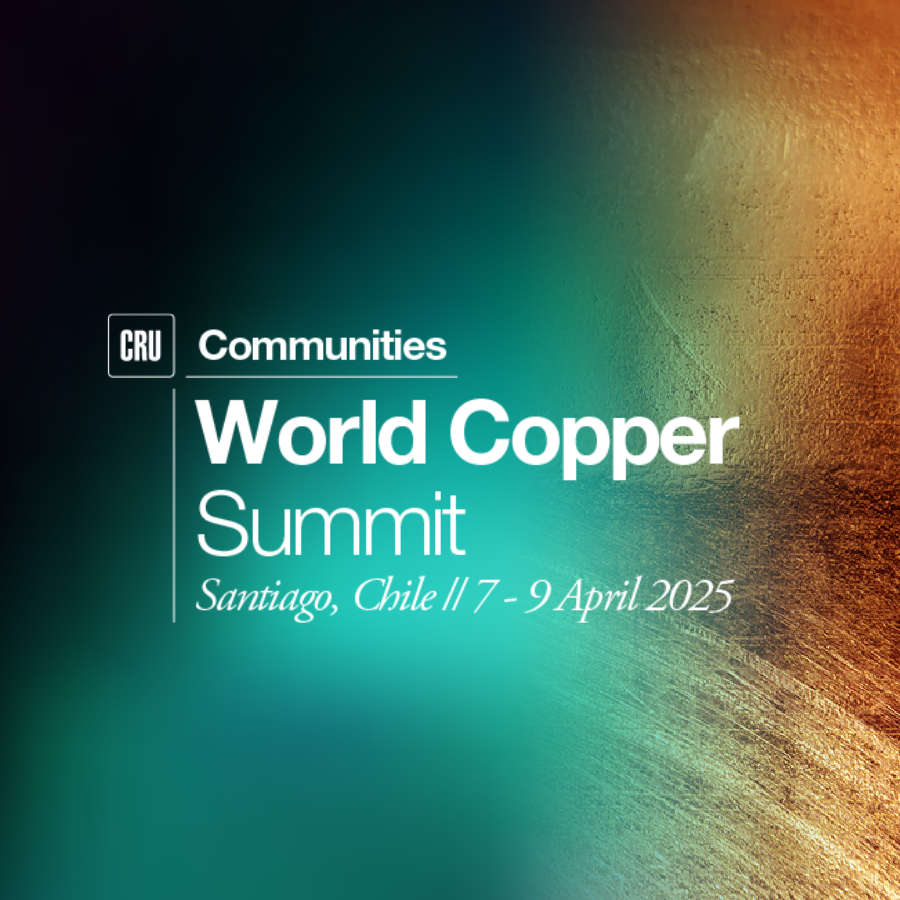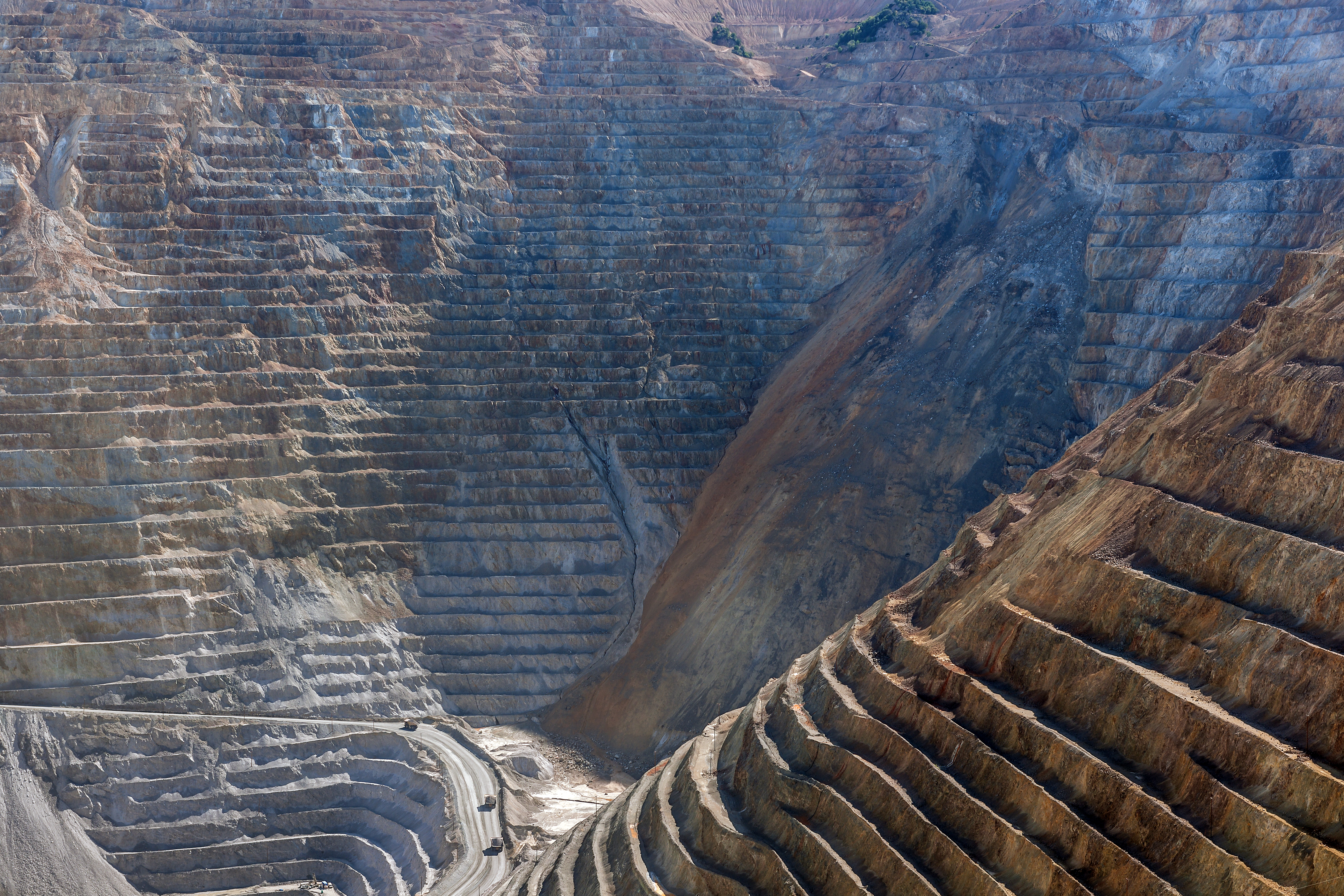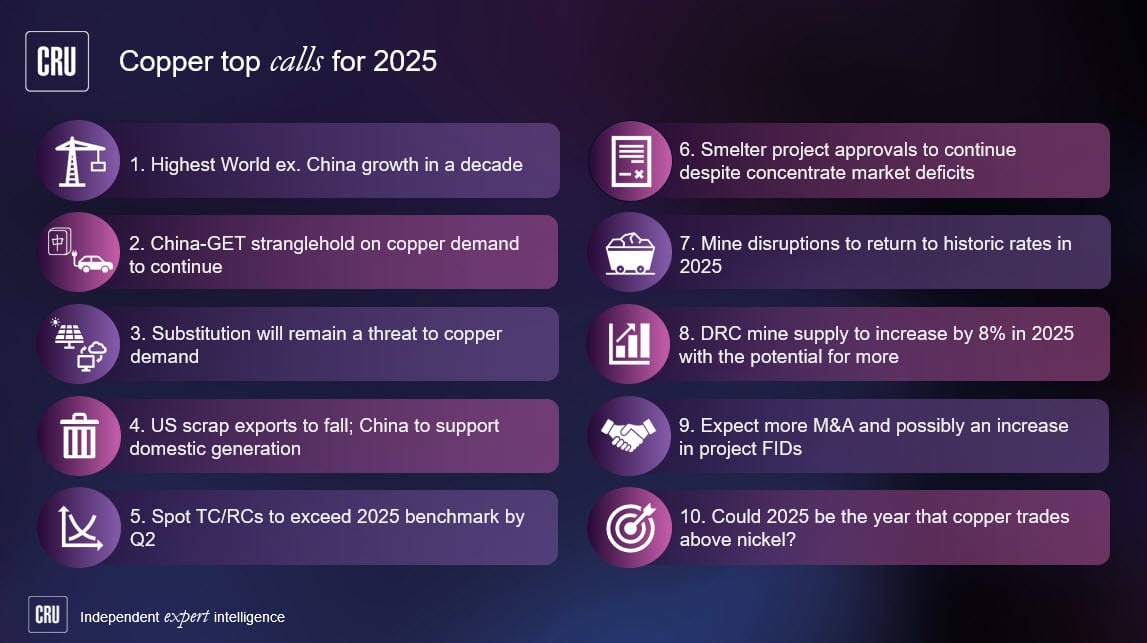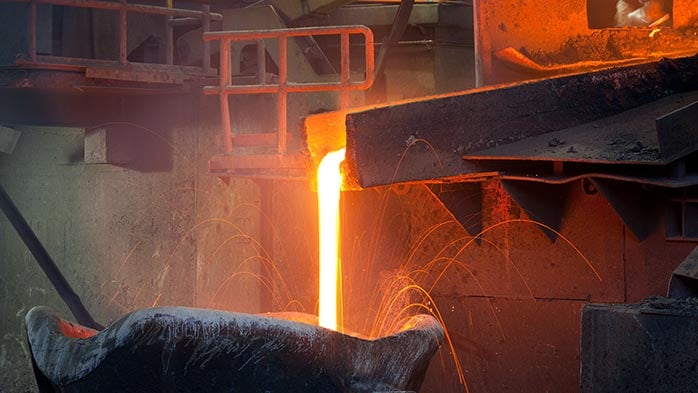Glencore’s 300,000 t/y Mount Isa copper smelter in Queensland has been pegged to close in 2023. However, Glencore has pointed to extending the life of the operation to 2026.
With low treatment and refining charges, high power and gas costs, should Glencore make the commitment? A key consideration is that operations that rely on the smelter include Glencore’s own Townsville copper refinery.
A chequered history
Glencore’s Mount Isa smelter, located in outback Queensland, is Australia’s largest copper smelter. The 300,000 t/y operation sources material from Glencore’s own X41, Enterprise and Black Rock Cave Mines as well as the Evolution/Glencore Ernest Henry joint venture and other third parties. Anodes produced at the smelter are then railed to Glencore’s 300,000 t/y Townsville copper refinery. At present the smelter is set to close in 2022, which in turn will result in the closure of the refinery.
This, however, is not the first time the smelter has been on the chopping block. In 2011, the then COO of Xstrata Copper NQ (Glencore), Steven de Kruijff, cited that the smelter was suffering from poor margins and the potential existed to shut down the downstream circuit. He went further to say that the economic viability of the Mount Isa smelter and Townsville refinery was not sustainable in the long term. However, a deal was made with the Queensland government at the time to extend the life of the operation and to slowly reduce emissions from the operation up until its planned closure in 2016.
In 2015, the closure of the smelter was once again at the forefront. While the smelter had significantly improved its cost competitiveness and environmental performance, the longevity of the smelter was still in question. However, the Queensland government came through with new environmental licencing conditions and Glencore committed to investing A$60-70 M in ongoing maintenance for the smelter between 2016-2022. The other major consideration during this time was the A$30 M rebrick of the ISAMELT furnace, anode furnace, and rotary holding furnaces. To help secure the future of the operation, the Queensland Government in power at the time had offered to pay for half of the rebricking cost on the proviso that the operation continued the treatment of third-party material. Glencore turned down the government’s offer, believing that investment decisions should be reflective of economic conditions.
The rebricking was completed in 2018 as part of a 38-day shutdown. Rebricking of the Mount Isa smelter is required every three to four years, which means the next would be required in 2022, which is the expiry date of the current environmental licence.
At present, the smelter is operating at a utilisation rate of 75-80%. Feed from the smelter is predominantly from Glencore at 60-70% of the total, with the remainder coming from third parties. With the smelter suffering from high fixed costs and high variable costs such as power (>A$150/MWh), the under-utilisation of the smelter and in turn the refinery, costs will be a primary driver of any long-term decision for the smelter.
A decision on the future of the smelter is expected in mid to late 2020. As part of the decision process, environmental requirements, power, rail and gas costs will be reviewed.
Mount Isa beset by high costs
The potential closure of the Mount Isa copper smelter and in turn refinery has become a key political talking point for Queensland. One solution being touted by members of parliament is the private CopperString electricity project. The A$1,500 M project would connect Mount Isa and the national electricity grid at Townsville via a 1,100 km high voltage electricity transmission line. If the project goes ahead, power costs for Mount Isa are expected to be more than halved while removing the smelter’s reliance on the two gas-fired power stations. The one downside is that, if approved, construction would not start until late 2020 or early 2021 and is expected to take three to four years.
Another potential solution is the installation of a solar farm to reduce power costs. Another Queensland Metallurgical asset, the Townsville zinc smelter (Sun Metals/Korea Zinc) went down this very path as it was also under pressure from high power prices in Queensland. The operation ended up committing to building its own 124 MW solar farm, just to the south of Townsville at a cost of A$200 M. Finished in 2018, the solar farm has the potential to supply 30% of Sun Metal smelter’s power requirements. The solar farm has also allowed the operation to commit to long-term expansions. The company continues to explore other ways to reduce power cost exposure.
Rail costs for the Mount Isa smelter could be reduced in the near-term with the state government committing to a A$500 M investment in the Mount Isa railway line. The investment will reduce rail access charges, discount freight charges and improve port and rail facilities. The government is not the only one looking to improve the viability of the rail line. Grand Central Industries is planning a A$31 M infrastructure project to debottleneck the railway between Townsville and Mount Isa. The project involves constructing a freight terminal near Cloncurry to allow two additional 1,000 m trains access to the railway. In addition to the loading/unloading facilities, the terminal would effectively add 2M t/y of additional rail capacity. With extra rail haulage services, transport costs for Glencore would likely fall.
Glencore has not been opposed to investing in its North Queensland copper business. In 2018, Glencore started development at its new Black Rock Cave project. Development of the project has been handled by Pybar and will commence production in the first quarter of 2020. The project is a sub-level cave (SLC) operation, similar to the nearby Ernest Henry mine. The commitment to SLC mining at Mount Isa has the potential to open lower grade orebodies and add additional feed to the Mount Isa smelter. At the end of 2018, the X41, Enterprise and Black Rock Cave deposits held 66 Mt of Measured and Indicated Resources at 2.12% copper which could support in excess of 10 years of mine life.
Another issue the smelter will face going forward is labour costs. The operation already faces higher labour costs than its overseas competitors and is now in negotiation with the Australian Workers Union. The two parties are currently at loggerheads over enterprise agreements and potential wage increases. Glencore has said that it will re-engage with the union to come to a solution.
One of the key issues for the longevity of the smelter will be its environmental licence. Glencore has already stated that it plans to extend the licence to 2026. However, it is the one region in Queensland that does not meet the National Environmental Protection Measures (NEPM) Air Quality Standards. But, its emissions of sulphur dioxide have reduced, with the number of days over the NEPM limit falling from over 40 in 2015 to less than 30, while emissions of metalloids are drastically reduced. It should be noted that the Mount Isa lead smelter also contributes to these emissions.
Closure would have knock-on effects
If the Mount Isa smelter did close in 2022 there would be significant knock-on effects, the first being the closure of the Townsville copper refinery. The closure of these two Glencore operations would remove more than 400 direct jobs, a significant social impact.
The shuttering of the Mount Isa smelter would also put pressure on Incitec Pivot’s fertiliser facility at Phosphate Hill. Incitec has enough ore to support operations beyond 2030 but it is reliant on the Mount Isa smelter for 60% of its sulphuric acid requirements. The remaining 40% comes from the Townsville zinc smelter. This scenario places the Mount Isa smelter in a unique situation as it has an ongoing off–take agreement for its acid, whereas Chinese copper smelters are currently facing low acid prices and storage issues.
Royalties and fees contributed by Glencore to the Government of Queensland would also be drastically reduced. In 2018, Glencore’s Queensland Copper network contributed more than US$30 M in royalties and fees to the state of Queensland, as part of its US$294 M payment to the State Government.
Its closure would have little effect on the copper anode market. The Townsville Copper Refinery has not imported any significant volumes of copper anode since 2016. Additionally, Glencore has not exported any anodes out of Townsville in the last ten years. There have also been negligible copper concentrate imports into Townsville over the last ten years. The closures would, however, create opportunity for other copper refiners in Asia. In 2018, Glencore exported more than 200,000 t of refined copper, predominantly to China and Taiwan.
If the smelter did close, additional copper concentrates would come into the market from Mount Isa. This would be shipped out of Townsville, a port at which Glencore has excess capacity.
Closure in 2022 unlikely considering smelter’s history
The question remains, will the smelter close in 2022? While it seems as if Glencore is removing itself from some smelting and refining businesses with the closure of the Brunswick lead smelter in Canada, CRU believes Mount Isa’s closure in 2022 is unlikely if history is anything to go by, as the smelter’s life has already been extended a number of times.
The potential loss of employment and revenue for the State of Queensland will result in extensive pressure on the Government to keep the smelter open. This could include further rail incentives or the expediting of the CopperString project.
The one investment that does look unlikely for Mount Isa is the development of the Mount Isa “copper” open pit, which has been referred to as a “super pit”. The pit has an Indicated and Inferred Resource of 126.6 Mt at 1.3% copper but Glencore has cited its development as not viable.
With Glencore’s commitments to Black Rock Cave underground and their intent to extend the environmental licence to 2026, it appears they are doing what they can to extend the life of the operation.

















